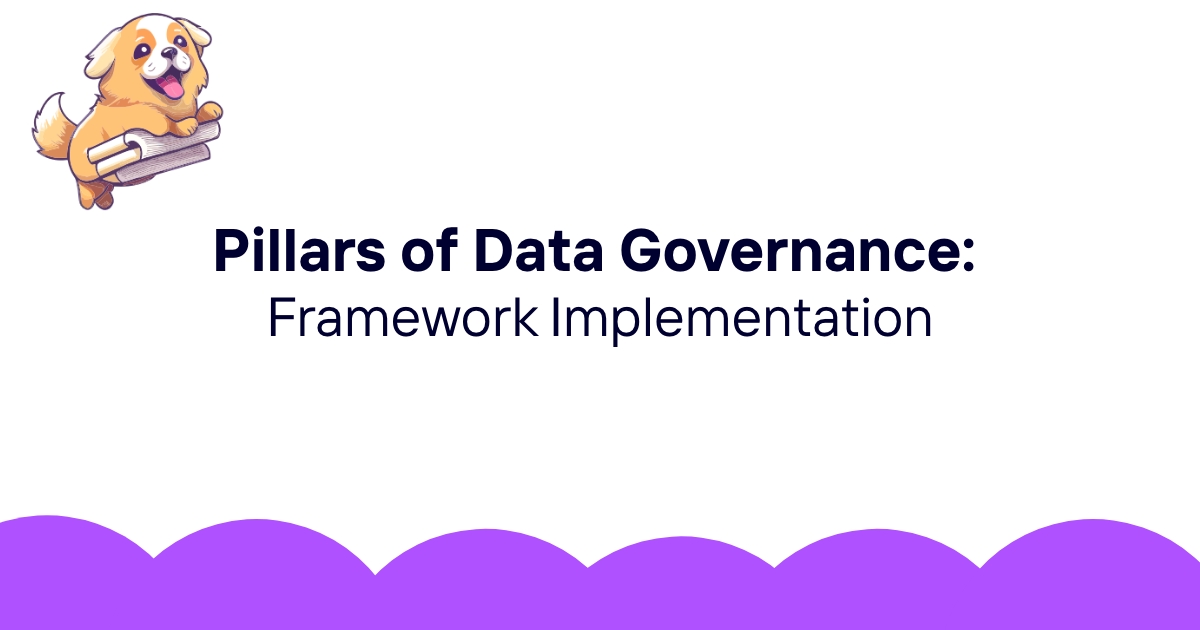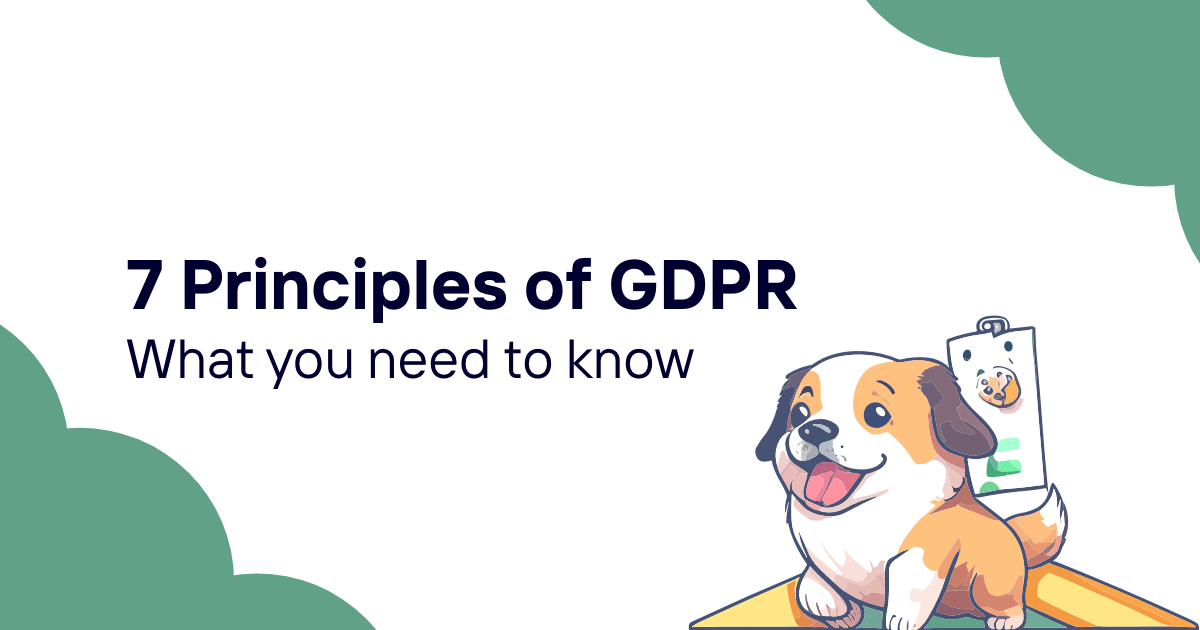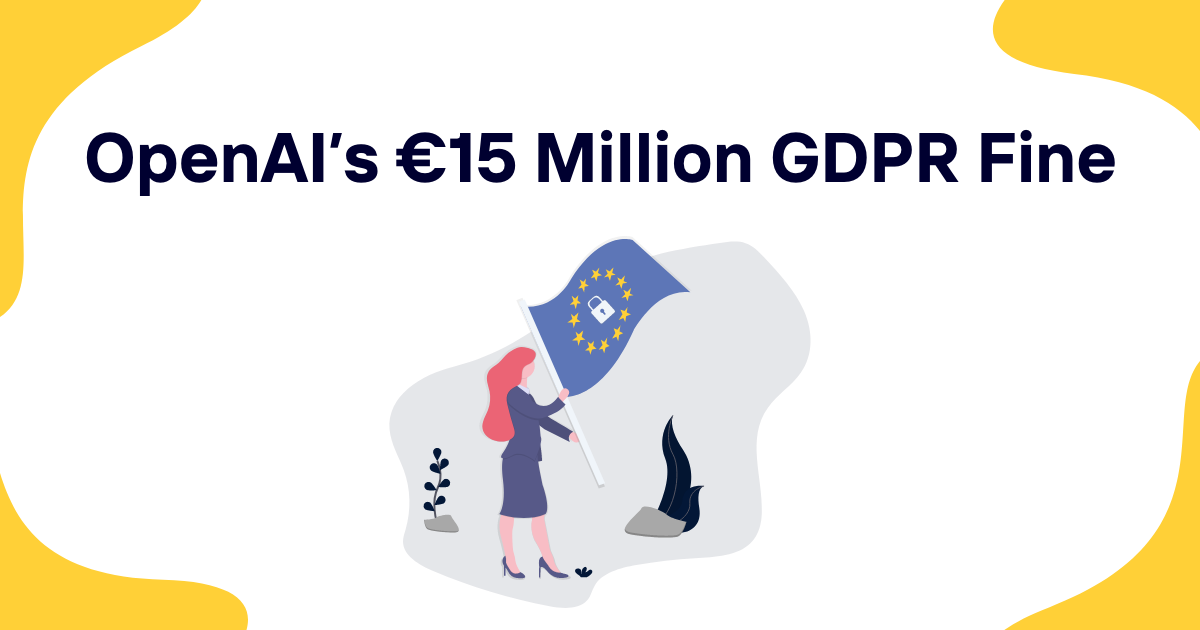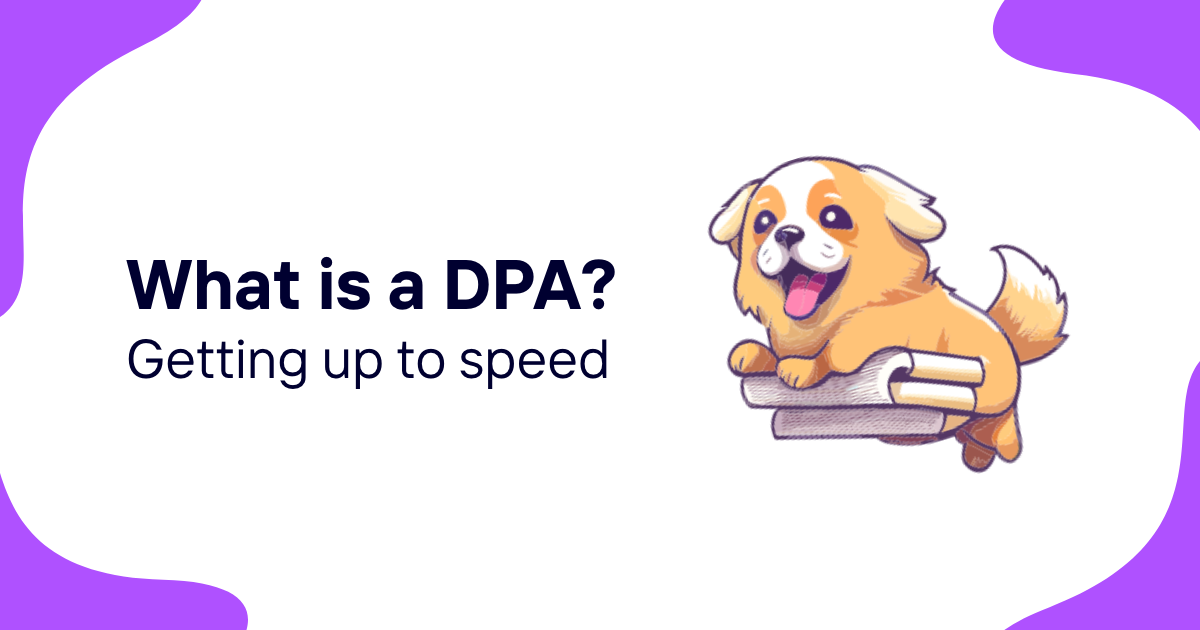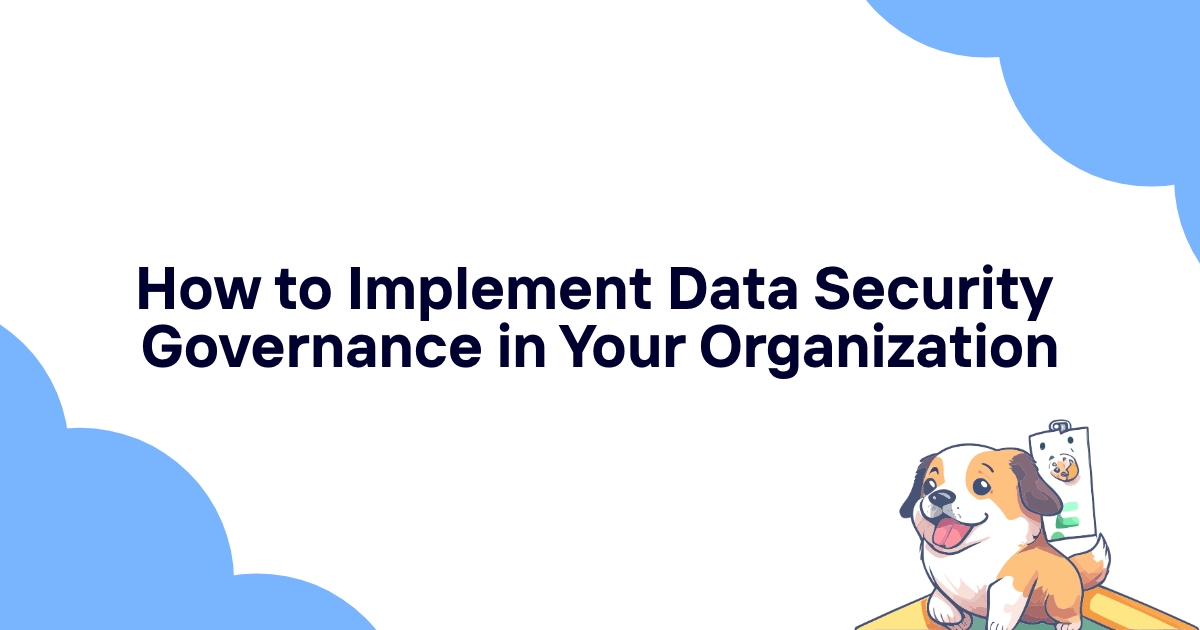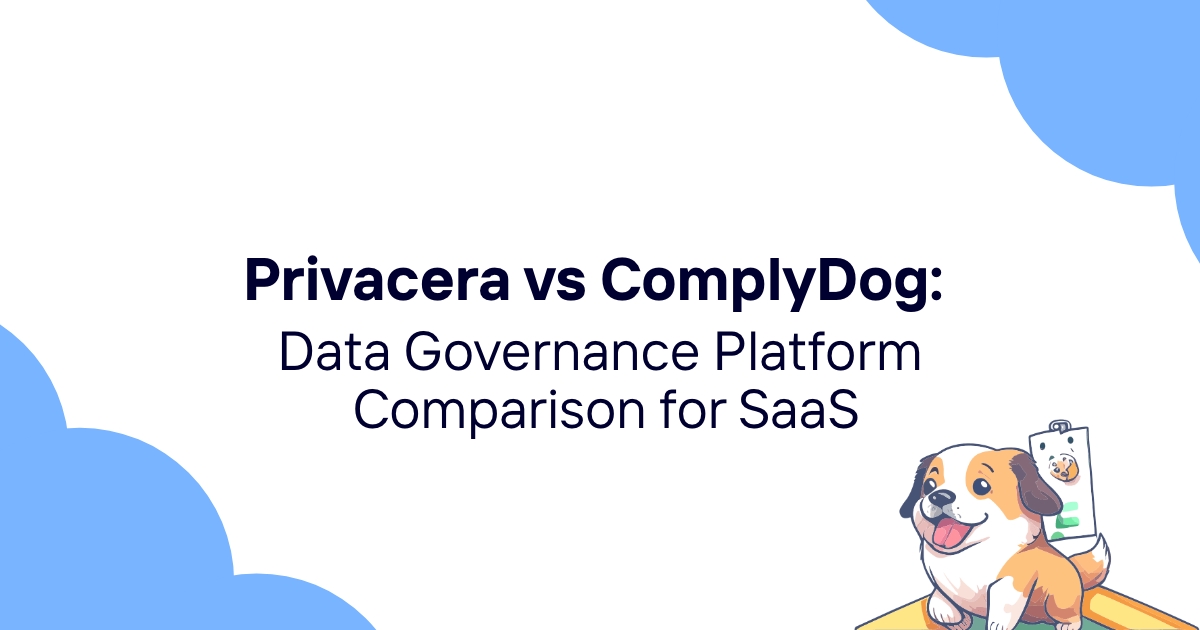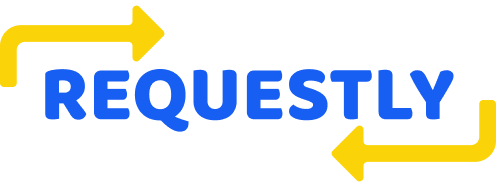Data proliferates at breakneck speed across modern organizations. Yet many companies struggle with the fundamental question: how do you actually govern all this information? The answer lies in understanding that effective data governance rests on four critical pillars that work together to create a stable foundation.
Think of data governance as the scaffolding that holds your entire data ecosystem together. Without it, you'll have information scattered across departments, quality issues that undermine decisions, and compliance gaps that create risk. But get these four pillars right, and you'll transform chaos into order.
The stakes couldn't be higher. Organizations face increasing regulatory pressure from frameworks like GDPR, while business leaders demand better insights from their data investments. Companies that master data governance gain competitive advantages through improved decision-making, reduced compliance costs, and enhanced customer trust.
Table of contents
- What is data governance?
- Why data governance matters now more than ever
- The four foundational pillars of data governance
- Building your data governance framework
- Common implementation challenges and solutions
- Measuring success in data governance
- The future of data governance
- ComplyDog: Your partner in data governance excellence
What is data governance?
Data governance represents the collection of processes, policies, and organizational structures that determine how your company handles information assets. It's not just about technology—though tools play a role. It's about creating systematic approaches to data that span your entire organization.
At its core, data governance addresses fundamental questions:
- Who owns specific datasets?
- How do you maintain data accuracy?
- What security measures protect sensitive information?
- How do you comply with regulations?
- Who can access what data when?
The concept extends far beyond simple data management. While data management focuses on technical aspects like storage and processing, governance encompasses the strategic and operational frameworks that guide these activities. It's the difference between having a filing cabinet and having a comprehensive information management system.
Good governance creates consistency across your organization. When marketing, finance, and operations all work from the same understanding of customer data, you avoid the confusion and errors that plague many businesses. This consistency becomes particularly important as companies grow and add new systems, departments, and data sources.
Why data governance matters now more than ever
Several forces have converged to make data governance not just useful but absolutely necessary for modern organizations. The explosion of data volume represents one factor, but it's far from the only driver.
Regulatory pressure has intensified significantly. GDPR changed the game by introducing substantial financial penalties for mishandling personal data. Similar regulations have emerged globally, creating a web of compliance requirements that companies must navigate. The cost of getting this wrong can be massive—both in terms of fines and reputational damage.
Business complexity has also increased. Most organizations now use dozens of software systems, each generating and consuming data. Customer information might flow through your CRM, marketing automation platform, support system, billing software, and analytics tools. Without governance, these systems become information silos that provide incomplete pictures.
Data breaches continue making headlines, and the average cost keeps climbing. But beyond the immediate financial impact, organizations face long-term trust issues when they fail to protect customer information properly. Governance provides the framework for implementing consistent security practices across all data handling activities.
The rise of artificial intelligence and machine learning has added another dimension. These technologies require high-quality, well-organized data to function effectively. Poor governance leads to AI systems trained on inconsistent or biased data, producing unreliable results that can damage business decisions.
The four foundational pillars of data governance
Data quality: The bedrock of trust
Data quality forms the foundation upon which all other governance activities rest. You can have perfect processes and policies, but if your data is inaccurate, incomplete, or inconsistent, everything else falls apart.
Quality encompasses multiple dimensions that organizations must address systematically:
Accuracy means your data correctly represents reality. Customer addresses should be current and properly formatted. Financial figures should reflect actual transactions. Product information should match what you're actually selling.
Completeness addresses missing information. Incomplete customer profiles limit your ability to provide personalized service. Missing product attributes make it difficult to categorize inventory effectively. Gaps in transaction data create blind spots in financial reporting.
Consistency ensures data matches across different systems and contexts. A customer's name should appear the same way in your CRM, billing system, and support platform. Product codes should mean the same thing whether you're looking at inventory, sales, or marketing data.
Timeliness relates to how current your information is. Customer preferences change. Market conditions shift. Regulatory requirements evolve. Outdated data leads to poor decisions and missed opportunities.
Establishing data quality requires both proactive and reactive approaches. Proactive measures include data validation rules that prevent bad information from entering your systems. For example, you might require email addresses to follow proper formatting or validate postal codes against known databases.
Reactive quality management involves regular data cleansing activities. This might include identifying and merging duplicate customer records, standardizing address formats, or correcting classification errors. Many organizations schedule these activities quarterly or annually, though critical datasets may require more frequent attention.
Data profiling helps you understand the current state of your information quality. By analyzing your datasets, you can identify patterns, outliers, and quality issues that need attention. This analysis guides your improvement efforts and helps you prioritize where to focus limited resources.
Quality metrics provide ongoing visibility into data health. You might track the percentage of complete customer records, the number of duplicate entries identified each month, or the accuracy of product classifications. These metrics help you spot trends and measure the impact of your improvement efforts.
Data stewardship: Accountability in action
Data stewardship establishes clear ownership and responsibility for your organization's information assets. Without stewards, data becomes an orphan—nobody takes responsibility for maintaining quality, resolving issues, or making decisions about how it should be used.
Data stewards serve as the bridge between technical teams who manage systems and business users who consume information. They understand both the technical aspects of data storage and processing and the business context that gives data meaning.
Data owners represent the business side of stewardship. They're typically senior leaders who have authority over specific datasets and can make decisions about how that data should be used, who can access it, and what quality standards apply. A marketing director might own customer preference data, while the finance director owns revenue figures.
Data stewards handle day-to-day operational responsibilities. They monitor data quality, investigate issues, coordinate with technical teams to implement fixes, and serve as the primary point of contact for questions about specific datasets. Stewards often come from business units rather than IT departments because they understand how the data is actually used.
Data custodians focus on the technical implementation of stewardship decisions. They manage database configurations, implement access controls, perform backups, and handle the infrastructure that stores and processes data. Custodians work closely with stewards to translate business requirements into technical implementations.
Effective stewardship requires clear role definitions and decision-making authority. Stewards need the ability to make binding decisions about data quality standards, access permissions, and usage policies. Without this authority, they become coordinators rather than actual stewards, and accountability suffers.
Communication channels between different steward roles are critical. Data owners need regular reports on quality metrics and emerging issues. Stewards need direct access to custodians who can implement technical changes. This communication becomes more challenging as organizations grow, requiring formal processes and documentation.
Training and support help stewards succeed in their roles. Many stewards take on these responsibilities in addition to their primary job functions, so they need efficient tools and clear procedures. Regular training updates keep stewards current on best practices and regulatory changes that affect their datasets.
Data protection and compliance: Your regulatory shield
Data protection and compliance represent the defensive aspects of data governance. This pillar focuses on safeguarding sensitive information and meeting regulatory requirements that govern how organizations handle data.
Security controls form the foundation of data protection. Access controls ensure that only authorized individuals can view or modify specific datasets. Encryption protects data both in storage and during transmission. Audit logging tracks who accessed what information when, creating accountability and supporting compliance reporting.
Data classification helps organizations apply appropriate protection measures based on sensitivity levels. Public information might require minimal security controls, while personally identifiable information (PII) needs stronger protections. Financial data, health records, and intellectual property often require the highest security levels.
The classification system should be simple enough for employees to understand and apply consistently. Many organizations use categories like Public, Internal, Confidential, and Restricted, with clear criteria for each level and corresponding protection requirements.
Privacy regulations like GDPR have transformed how organizations think about data protection. These frameworks require companies to implement privacy by design principles, meaning you build protection into your processes from the beginning rather than adding it later as an afterthought.
Key privacy principles include:
Purpose limitation requires organizations to collect and use data only for specified, legitimate purposes. You can't collect customer information for one purpose and then use it for something completely different without proper consent.
Data minimization means collecting only the information you actually need. If you don't need a customer's phone number for your service, don't ask for it. This reduces your risk exposure and simplifies compliance.
Storage limitation requires deleting data when you no longer need it for the original purpose. Many organizations struggle with this principle because they're reluctant to delete information that might be useful someday.
Consent management has become increasingly complex as regulations require clear, specific consent for different types of data processing. Organizations need systems that can track consent status, allow users to withdraw consent, and respect those preferences across all systems.
Data subject rights give individuals control over their personal information. This includes rights to access their data, correct inaccuracies, delete information in certain circumstances, and receive copies in portable formats. Supporting these rights requires careful planning and often significant technical infrastructure.
Breach response planning prepares organizations for security incidents. Despite best efforts, breaches do occur, and regulations often require notification within specific timeframes. A good response plan includes detection procedures, internal escalation processes, external notification requirements, and remediation steps.
Regular compliance assessments help organizations identify gaps before they become problems. These assessments should cover both technical controls and operational processes, examining how well your actual practices match your documented policies.
Data management: The operational backbone
Data management provides the operational infrastructure that supports all other governance activities. This pillar encompasses the technical processes and systems that store, organize, integrate, and deliver data across your organization.
Data architecture defines how information flows through your systems. A well-designed architecture reduces complexity, improves performance, and makes it easier to implement governance controls consistently. Poor architecture creates data silos, integration challenges, and security gaps.
Modern data architectures often include data lakes for storing raw information, data warehouses for structured analytical data, and data marts for specific business functions. The key is designing flows between these components that maintain data quality and security while providing the access that business users need.
Data integration brings together information from multiple sources to create unified views. Customer data might come from your CRM, website analytics, support system, and billing platform. Integration creates single customer profiles that provide complete pictures of relationships and interactions.
Integration challenges include handling different data formats, resolving conflicting information, and maintaining real-time synchronization across systems. Modern integration platforms provide tools for these tasks, but they require careful configuration and ongoing maintenance.
Data lifecycle management governs information from creation through disposal. Different types of data have different lifecycle requirements based on business needs and regulatory requirements. Transaction records might need retention for seven years, while marketing campaign data might only be useful for one year.
Lifecycle management includes:
- Creation controls that ensure data enters systems with proper metadata and quality checks
- Active management that maintains quality and applies updates during regular use
- Archival processes that move older data to long-term storage while maintaining accessibility
- Disposal procedures that securely delete data when retention periods expire
Metadata management provides context and meaning to your data. Technical metadata describes formats, relationships, and processing history. Business metadata explains what information means, how it should be used, and who owns it.
Good metadata makes data self-documenting and reduces the time users spend figuring out what information is available and how to use it. It also supports impact analysis when you need to change systems or processes.
Data lineage tracks how information flows through your systems and transformations. When you discover a quality issue, lineage helps you trace it back to the source and identify all downstream systems that might be affected. This capability becomes critical during compliance audits and system changes.
Building your data governance framework
Creating an effective data governance framework requires balancing structure with flexibility. Too rigid, and users will work around the system. Too loose, and you won't achieve the consistency and control you need.
Start by assessing your current state. Most organizations already have some governance practices in place, even if they're informal or inconsistent. Document what exists today, identify gaps, and understand the political and technical constraints you'll need to work within.
Executive sponsorship is absolutely critical for governance success. Data governance affects every part of the organization and often requires changes in how people work. Without strong leadership support, you'll struggle to get the cooperation and resources needed for success.
The sponsor should be someone with authority across business units, not just within IT. Chief Data Officers often fill this role, but other C-level executives can be equally effective if they understand the importance of data governance and commit to driving adoption.
Start small and scale gradually. Many governance initiatives fail because they try to do everything at once. Pick a specific business problem or dataset to focus on initially. Success with that pilot creates momentum and demonstrates value to skeptical stakeholders.
Good pilot candidates have clear business value, manageable scope, and stakeholders who are committed to making the initiative succeed. Customer data often works well because everyone understands its importance, and quality issues are readily apparent.
Governance councils provide ongoing leadership and decision-making authority. The council typically includes representatives from major business units, IT, legal, and compliance functions. This group makes policy decisions, resolves disputes, and prioritizes governance investments.
Council effectiveness depends on having the right people with appropriate authority and clear processes for making decisions. Meetings should focus on strategic issues rather than operational details, and decisions should be documented and communicated clearly.
Policy development translates governance principles into specific rules and procedures that people can follow. Policies should be written in plain language that business users can understand, with clear explanations of why each policy exists and what happens if it's not followed.
Common policy areas include:
- Data classification and handling requirements
- Access control and approval processes
- Data quality standards and responsibility
- Privacy and security requirements
- Retention and disposal procedures
- Incident response and escalation
Training and communication help ensure that governance policies are actually followed. Different audiences need different types of training—executives need strategic overviews, while data stewards need detailed operational procedures.
Communication should be ongoing rather than one-time events. Regular updates on governance successes, policy changes, and emerging requirements help maintain awareness and engagement across the organization.
Common implementation challenges and solutions
Even well-planned governance initiatives encounter obstacles. Understanding common challenges and proven solutions can help you avoid or overcome these issues.
Resistance to change is perhaps the most common challenge. People are comfortable with existing processes, even when they're inefficient or risky. Governance often requires changes in how people access data, document their activities, and collaborate with other departments.
The solution lies in demonstrating clear value to the people who need to change their behavior. Focus on how governance makes their jobs easier rather than on compliance requirements or abstract benefits. If data stewards can find information faster or business users get more reliable reports, they'll be more willing to adapt.
Resource constraints affect many governance initiatives. Organizations often underestimate the time and effort required to implement effective governance, particularly the ongoing operational work needed to maintain policies and monitor compliance.
Building governance capabilities gradually helps manage resource constraints. Start with the most critical areas and expand systematically rather than trying to govern everything at once. Automation tools can also reduce the manual effort required for routine governance tasks.
Technical complexity can overwhelm governance initiatives, especially in organizations with diverse technology environments. Legacy systems may not support modern governance features like automated data lineage or granular access controls.
The key is separating governance principles from technical implementation. You can implement governance processes even with limited technology support, though automation certainly makes things easier. Focus first on establishing clear policies and responsibilities, then invest in technology improvements over time.
Competing priorities often derail governance initiatives. Business projects with clear short-term benefits tend to get more attention and resources than governance work, which has longer-term payoffs that are harder to measure.
Regular communication about governance value helps maintain priority. Quantify benefits where possible—reduced compliance costs, faster report generation, or fewer data quality issues. Connect governance activities to business initiatives whenever possible.
Scope creep happens when governance initiatives try to solve too many problems at once. What starts as a focused data quality project expands to include security, privacy, integration, and analytics requirements.
Clear project charters and governance help prevent scope creep. Define specific objectives and success criteria upfront, and establish processes for evaluating and approving scope changes. Remember that governance is an ongoing program, not a single project.
Measuring success in data governance
Effective governance requires ongoing measurement to ensure that your investments are producing the desired results. Different stakeholders care about different metrics, so your measurement program should address multiple perspectives.
Business metrics focus on outcomes that matter to senior leadership and business users. These might include:
- Reduced time to produce reports or analytics
- Fewer data quality incidents affecting business decisions
- Improved customer satisfaction scores related to data accuracy
- Decreased compliance-related costs or penalties
- Faster onboarding of new systems or data sources
Operational metrics track the health of your governance processes themselves:
- Data quality scores across different datasets
- Number of data access requests and approval times
- Compliance audit findings and remediation status
- Data steward activity levels and issue resolution times
- Training completion rates and knowledge assessments
Technical metrics measure the performance of governance-related systems and tools:
- Data integration success rates and processing times
- Security incident frequency and response times
- System availability and performance metrics
- Data backup and recovery test results
- Automated governance rule execution rates
Risk metrics help quantify your organization's data-related risk exposure:
- Number of data privacy incidents or near-misses
- Percentage of sensitive data under appropriate protection
- Compliance gap assessments and improvement trends
- Third-party data sharing agreement compliance
- Data retention policy adherence rates
Regular reporting helps maintain stakeholder engagement and identify areas needing attention. Executive dashboards should focus on high-level trends and key risk indicators, while operational teams need detailed metrics they can act on.
Benchmarking against industry standards or peer organizations provides context for your metrics. What constitutes good performance varies by industry, organization size, and regulatory environment. External benchmarks help you set realistic targets and identify improvement opportunities.
The future of data governance
Data governance continues evolving as new technologies and regulatory requirements emerge. Organizations that want to stay ahead should understand these trends and plan accordingly.
Artificial intelligence and machine learning are creating new governance challenges and opportunities. AI systems require high-quality training data and ongoing monitoring to ensure they produce reliable results. This creates new requirements for data lineage, bias detection, and model governance.
At the same time, AI can automate many governance tasks. Machine learning can identify data quality issues, classify sensitive information, and detect unusual access patterns. These capabilities can significantly reduce the manual effort required for governance while improving effectiveness.
Cloud computing has fundamentally changed how organizations store and process data. Multi-cloud environments create new complexity for governance, as data might be processed in different geographic regions with different regulatory requirements.
Cloud providers offer governance tools, but organizations still need consistent policies and processes across all environments. This often requires hybrid approaches that work across on-premises and cloud systems.
Real-time data processing is becoming more common as organizations seek to make faster decisions. Traditional governance approaches that rely on batch processing and periodic quality checks don't work well with streaming data that needs immediate analysis.
Real-time governance requires new approaches like continuous data quality monitoring and automated policy enforcement. These capabilities are still evolving, but they're becoming essential for organizations that depend on real-time decision-making.
Regulatory expansion continues as governments around the world implement new data protection and privacy requirements. Organizations need governance frameworks that can adapt to new regulations without complete overhauls.
The trend toward privacy-first regulation is likely to continue, with emphasis on individual rights, consent management, and data minimization. Organizations that build these principles into their governance frameworks will be better positioned to handle future regulatory changes.
ComplyDog: Your partner in data governance excellence
Building effective data governance requires the right combination of strategy, processes, and technology. While you can start with manual processes and basic tools, sustained success demands platforms designed specifically for governance requirements.
ComplyDog provides comprehensive GDPR compliance capabilities that support all four pillars of data governance. The platform automates many routine governance tasks while providing the visibility and control that organizations need to manage their data responsibly.
Data quality monitoring becomes manageable with automated data discovery and classification features. Instead of manually inventorying your data assets, ComplyDog automatically identifies personal data across your systems and tracks its usage.
Data stewardship gets streamlined through role-based access controls and workflow management. Stewards can efficiently manage data subject requests, coordinate with technical teams, and maintain documentation that auditors require.
Data protection and compliance features include consent management, privacy impact assessments, and automated breach notification workflows. These capabilities help organizations meet GDPR requirements while building trust with customers who increasingly care about privacy.
Data management integration ensures that governance controls work with your existing systems rather than creating additional silos. ComplyDog connects with popular business applications to provide unified governance across your technology stack.
Ready to transform your data governance program? Visit ComplyDog.com to learn how our platform can help you build the governance foundation your organization needs to succeed in an increasingly data-driven world.
